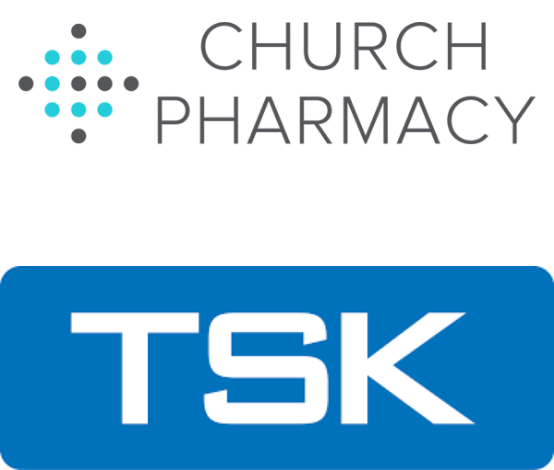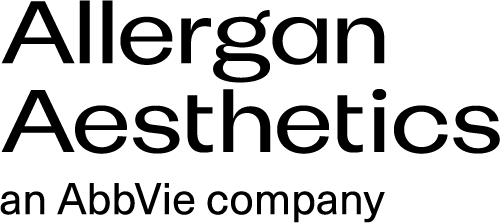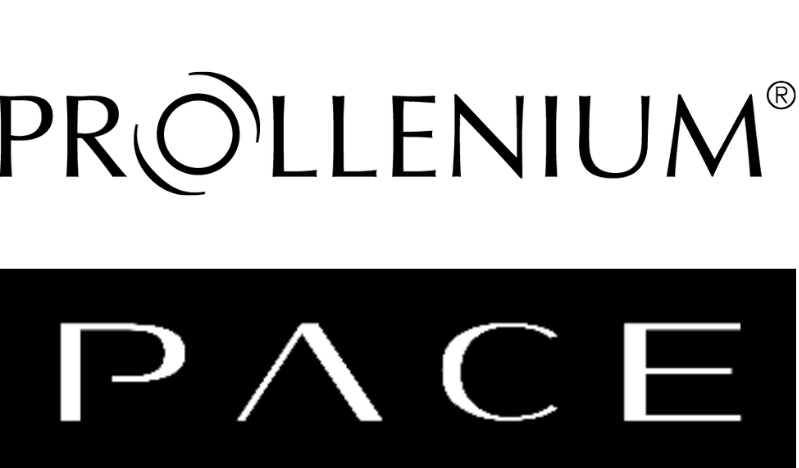Improve Your Cheek Filler Approach

Dr Joanna Hackney, clinical lead at Harley Academy, gives her expert advice on how to improve your cheek filler approach.
I enjoy the variety of presentations in patients suitable for cheek filler treatments; from rejuvenating an appearance through restoration of volume loss, to profile-balancing and beautification.

The way you can achieve patient-centred results through changes in your product choice, treatment area and technique – and tool of administration – keeps this area interesting. It also provides an opportunity for artistic flair.
It’s difficult to comment on who gets “the most benefit” from cheek treatments as each patient and their presentation is so individual. However, there are certain steps which should be considered each time.
To achieve a natural look in the cheeks as a beginner, my advice to new injectors is as follows…
1 Take your time
Take your time to understand the patient’s “presenting complaint” and create a treatment plan aimed at this, holistically addressing all of their needs including budget. You do not have to perform all the required treatments in one sitting but it’s important that you share an understanding of what can be realistically achieved.
2 Add volume to the cheeks only where you feel it will work
Add volume only where required according to your examination; don’t fall down the trap of creating an overfilled, unnatural look by succumbing to pressure from the patient’s desires. If you think their request will lead to an unwanted aesthetic outcome, explain this carefully to them – you are the expert!
3 Start with small volumes and work up
You can bring patients back to assess and further treat as part of a treatment journey. Leaving two to four weeks between treatments allows the swelling to settle and for you to proceed gradually towards your ultimate treatment goal. Post-decisional regret is high in aesthetic patients so a step-by-step approach is best.
4 Start deep and lateral
When replacing volume for rejuvenation, start deep and lateral then progress medially and more superficially if indicated.
5 Avoid large boluses laterally on the zygoma
Avoid large boluses of filler laterally on the zygoma where there is less depth between layers five and one. Large boluses here (for example when wanting to increase the contour and projection of a cheekbone) tend to look lumpy and unnatural. Keep boluses small and treat in stages, or develop your skill set to include mastering use of a cannula in layer four here to achieve a smoother result.

These expert tips for improving your cheek filler approach should help you become more confident in your consulting and refine your injecting technique.
Level 7 Diploma in Botox and Dermal Fillers students can put these into action during mentoring sessions.
If you feel like cheek augmentation is an area where you would like more practice or professional oversight, book a 1:1 Training in Mid-Face and Cannula session. This type of tailored tuition, one-on-one with an experienced aesthetics specialist, offers high-value returns. These come in many forms, from improving your needle or cannula technique, to building your confidence both as an injector and in dealing with patients.
Let us know how you get on – we’d love to hear if this advice helped you, either on the HA Comma community platform, exclusive to our students, or on the Harley Academy Instagram account.
All information correct at the time of publication. Last fact-checked: 26 January 2023
Download our full prospectus
Browse all our injectables, dermal fillers and cosmetic dermatology courses in one document
By submitting this form, you agree to receive marketing about our products, events, promotions and exclusive content. Consent is not a condition of purchase, and no purchase is necessary. Message frequency varies. View our Privacy Policy and Terms & Conditions
Attend our FREE open evening
If you're not sure which course is right for you, let us help
Join us online or in-person at our free open evening to learn more
Our Partners












STAY INFORMED
Sign up to receive industry news, careers advice, special offers and information on Harley Academy courses and services

